Every 12 minutes, one person dies from dengue fever worldwide. According to a report from the Ministry of Health, from December 14, 2024 to February 17, 2025, Vietnam recorded 16,607 cases, including one death from dengue fever. The Department of Disease Prevention (Ministry of Health) assessed dengue fever as one of the major challenges facing the Vietnamese health sector in 2025.
In recent years, dengue fever in Vietnam has become increasingly complicated, ranking among the countries with a high number of cases and a wider epidemic than before. In the world, in 2024, dengue fever is a hot issue with a new record when the number of recorded cases is nearly double the previous year. Of which, Brazil alone has recorded more than 10 million cases. Entering 2025, as of February 15 , the Philippines has more than 43,000 cases, 56% higher than the usual epidemic peak in June, Laos also issued a warning of the risk of an early outbreak from the beginning of the year.
A person can get dengue fever many times in their life, if they get infected again it will be very dangerous because the disease is often more severe than the first time. The patient may have unpredictable developments, with a higher risk of getting worse. Therefore, even people who have had dengue fever cannot be subjective about this disease.
Climate change has a strong impact on the dengue epidemic in Vietnam
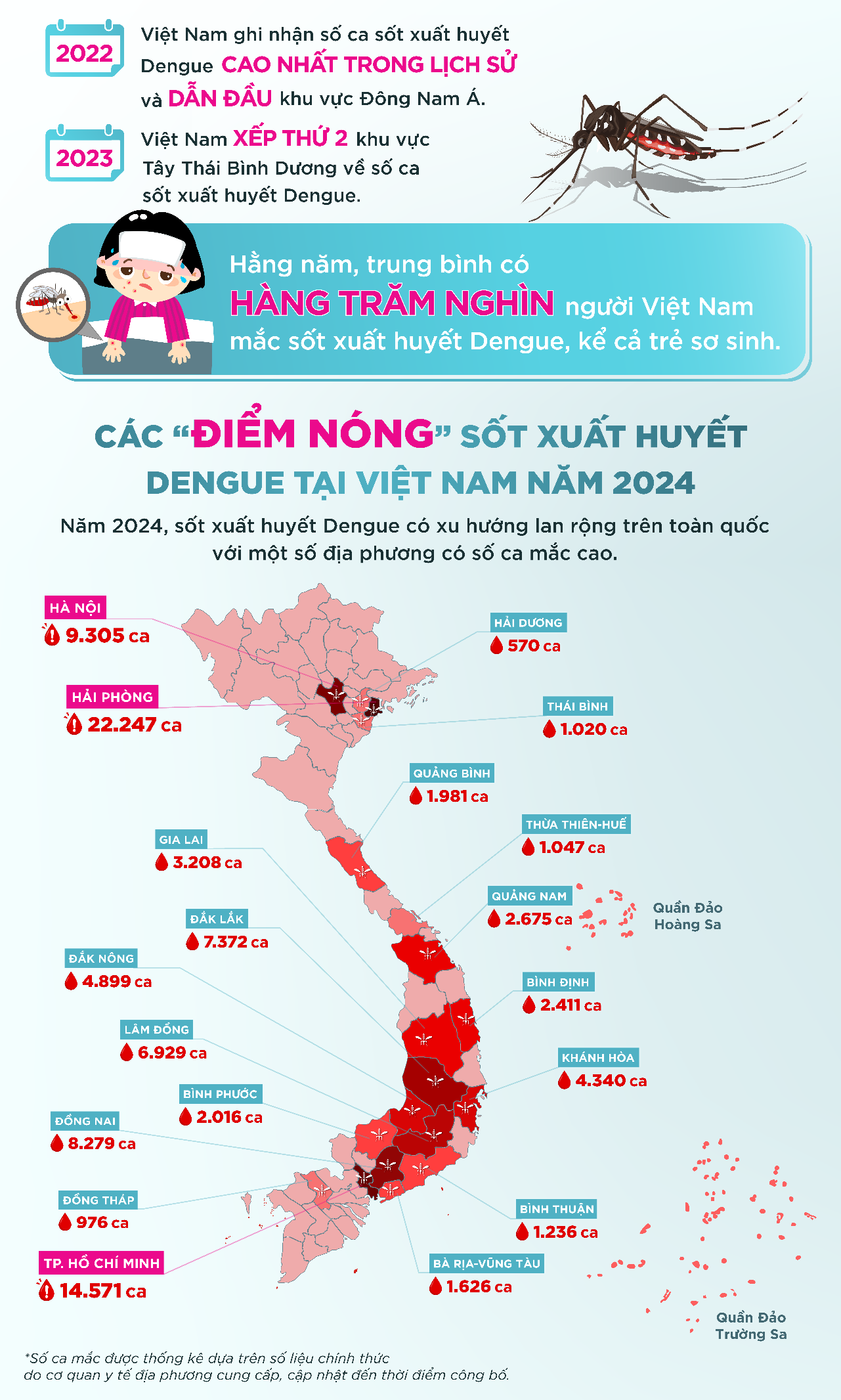
- The South: For many years, it has been the epicenter of the country.
According to a representative of the Ho Chi Minh City Department of Health, in 2024, the Southern region accounted for 41% of the total 141,000 cases recorded nationwide . For many years, the South has been the hotspot of dengue fever in the country. Previously, in the Mekong Delta, the epidemic mainly broke out during the rainy season, but now it has spread and increased even in the dry season.
Worryingly, a report from the Ho Chi Minh City Center for Disease Control shows that as of week 7 of 2025, there were 3,431 cases of dengue fever recorded in Ho Chi Minh City, an increase of 125.3% over the same period in 2024.
According to experts, climate change is one of the causes of the risk of an outbreak in 2025. Drought and saltwater intrusion have caused freshwater scarcity, forcing people to store water, creating a favorable environment for mosquitoes to breed. Unusual unseasonal rains have also contributed to the increase in the density of disease-carrying mosquitoes.
- Central region: The epidemic spreads from the coast to the Central Highlands
In recent years, the epidemic has tended to move to the Central and Central Highlands regions. For many years, the number of cases in this region has increased significantly, not only in coastal provinces but also spreading to the highlands.
Unseasonal storms and prolonged floods during the dry season are the main causes of the increase in dengue fever in the Central region. For example, the flooding in Tay Hoa, Phu Yen in February 2025 created favorable conditions for mosquitoes to breed, causing the disease to break out. Even cool areas such as Lam Dong, Dak Lak, Dak Nong - which are less affected - in 2024 will become new hotspots for dengue fever.
- The North: No longer a safe zone against Dengue fever
Previously, the North was less affected by dengue fever, but climate change has resulted in shorter winters, longer summers and higher temperatures, creating favorable conditions for Aedes mosquitoes to breed. At the same time, rapid urbanization, dense population and growing trade have also promoted the spread of the disease.
In 2023, Hanoi recorded a record 36,795 cases, twice as many as Ho Chi Minh City. Worryingly, despite the cold spell in early 2025, Hanoi still recorded 137 cases. Notably, dengue fever has spread to mountainous provinces - where no cases had been recorded many years ago. In recent years, trade and urbanization have caused 11 northern mountainous provinces to begin recording dengue fever outbreaks in Son La, Tuyen Quang, and Phu Tho, of which Lao Cai detected the first local case in 2023 and had 4 more cases in 2024.
From local seasonal disease to medical burden
According to research on the PubMed system (USA) - a free database providing life science and biomedical documents, among patients hospitalized with dengue fever, 3.3 - 4.8% of severe cases are at risk of acute renal failure (of which 14.1% require dialysis). These cases can also progress to chronic renal failure. For example, an 11-year-old boy in Binh Chanh (HCMC) with underlying obesity was hospitalized in a state of dengue shock, severe respiratory failure, blood clotting disorder, and continuous dialysis in early March 2025.
The epidemic also overloaded the healthcare system. Many lower-level hospitals did not have the capacity to treat severe cases, forcing them to transfer patients to higher levels, creating a burden on large hospitals such as Children's Hospital 1, Children's Hospital 2, Ho Chi Minh City Hospital for Tropical Diseases, Central Hospital for Tropical Diseases, and Saint Paul Hospital.
In addition, dengue fever also has a great impact on the economy and society. The cost of treatment for severe complications is very high, up to hundreds of millions. People with dengue fever need 1-2 weeks to recover, or longer if there are severe complications and they need to be hospitalized. During this time, people with dengue fever may suffer from pain, fever and fatigue, and need intensive care. At that time, not only the patient loses the ability to work, but relatives are also affected in terms of work and income due to having to take care of the patient.
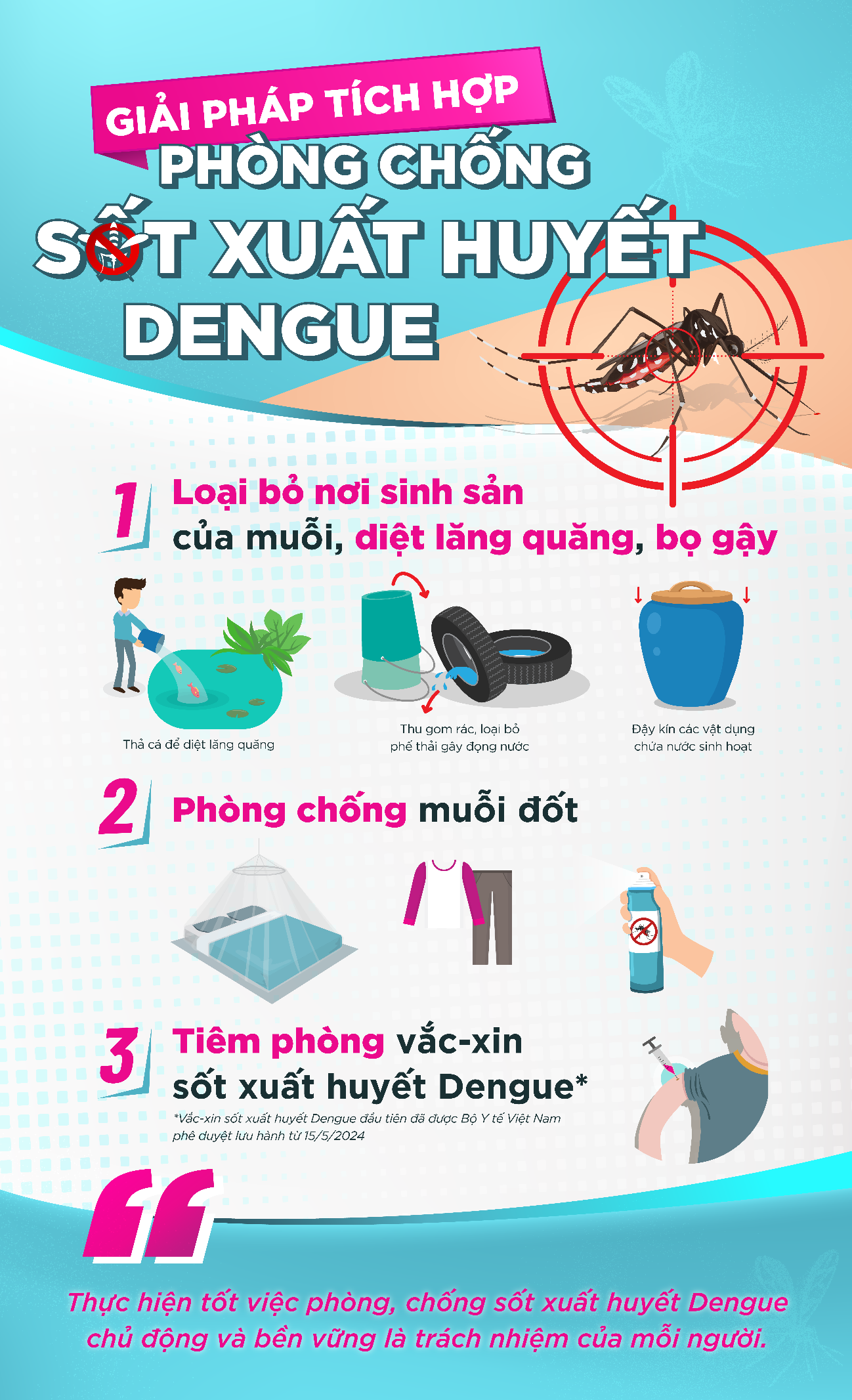
Currently, Vietnam has a highly regarded international treatment regimen for dengue fever, but the disease is still complicated due to many factors, especially climate change. The introduction of dengue fever vaccine in Vietnam is expected to help reduce the risk of outbreaks, limit severe cases, and reduce pressure on the health system. However, epidemic control does not stop at epidemiological surveillance, vector control, or improving treatment capacity, but also requires initiative from each individual - do not let "mosquitoes" become a serious problem.
Medical information
This information is for informational purposes only; and should not be used to diagnose or treat a health problem or disease. It is not intended to be a substitute for consulting with a physician. Please consult your physician for further advice.
Content provided by Takeda Pharmaceutical Vietnam Co., Ltd., professionally approved by the Vietnam Preventive Medicine Association. C-ANPROM/VN/NON/0007, Mar 2025
Compiled from WHO, Ministry of Health , Department of Health in provinces, cities and other official sources.
Source: https://thanhnien.vn/sot-xuat-huyet-dung-de-chuyen-muoi-lam-lon-185250325170325144.htm





![[Photo] Workshop "Future for the Rising Generation" continues the profound value and strong message from the article of General Secretary To Lam](https://vstatic.vietnam.vn/vietnam/resource/IMAGE/2025/4/4/ec974c5d9e8e44f2b01384038e183115)
![[Photo] President Luong Cuong presides over the official welcoming ceremony for Burundian President Évariste Ndayishimiye](https://vstatic.vietnam.vn/vietnam/resource/IMAGE/2025/4/4/63ceadc486ff4138abe2e88e93c81c91)
















![[Photo] Many advanced technologies gather at Analytica Vietnam 2025](https://vstatic.vietnam.vn/vietnam/resource/IMAGE/2025/4/4/0ef01117275d4d71b2e2a45c215ac2f8)




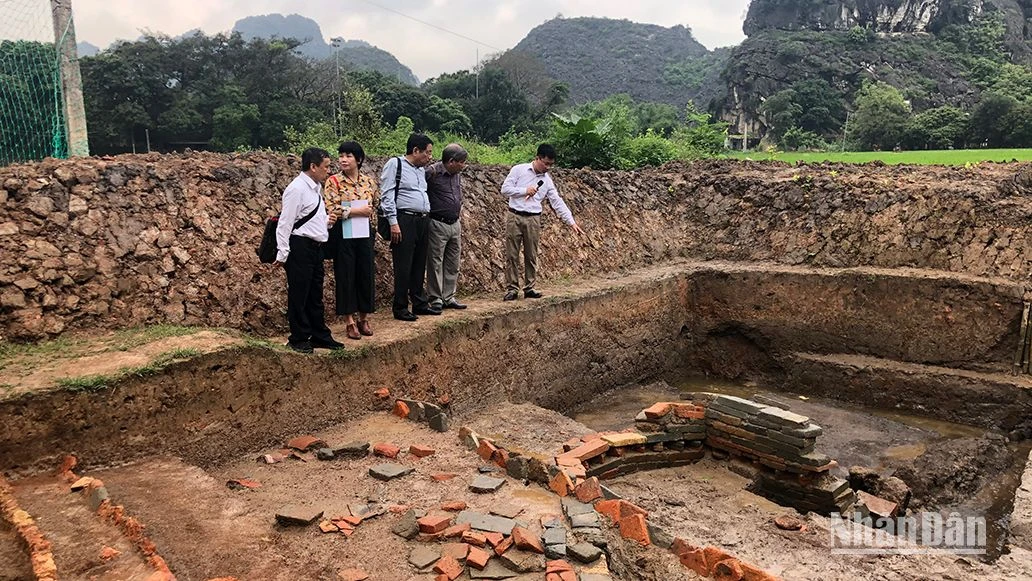



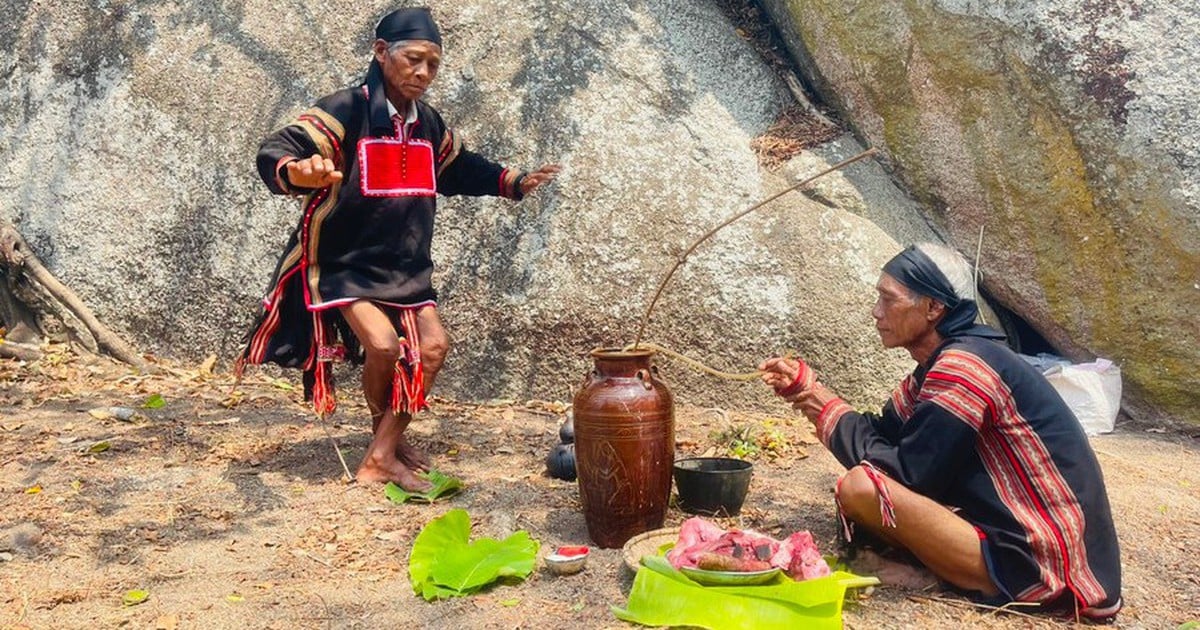
























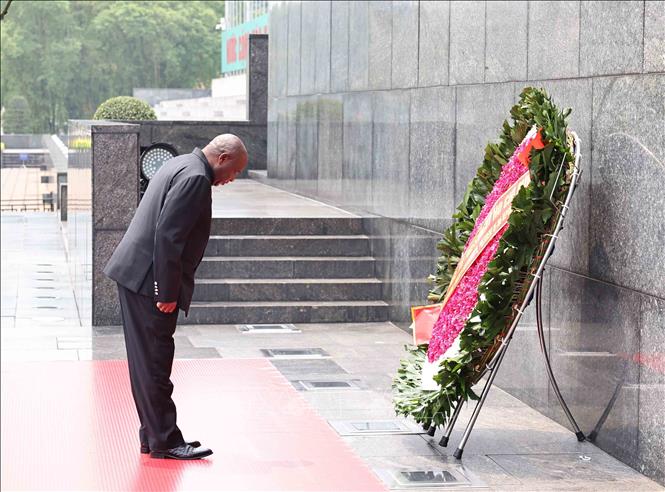
































Comment (0)